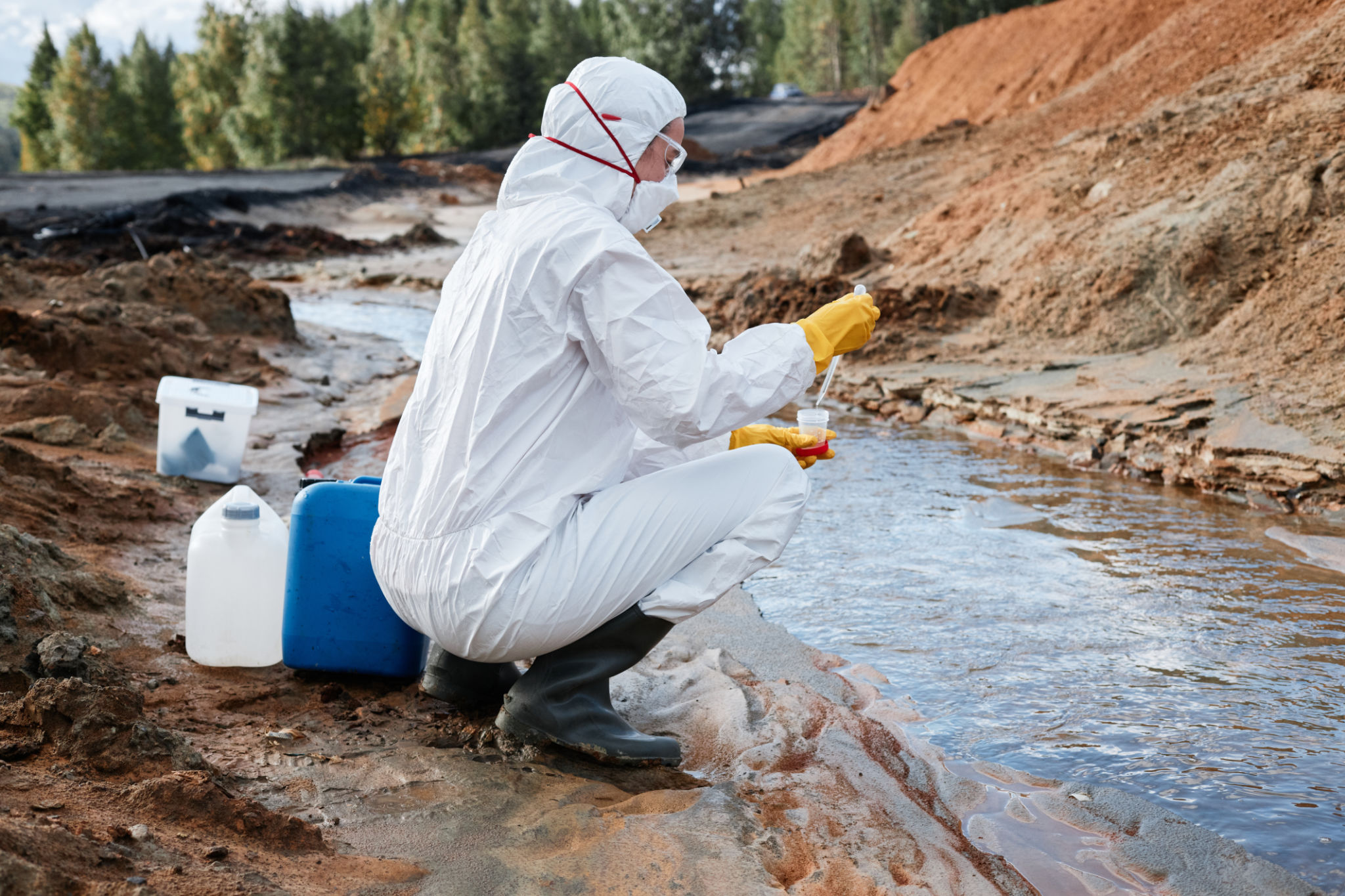The Importance of Soil Screening for Healthy Landscaping
Understanding Soil Screening
Soil screening is an essential process that involves analyzing the composition and quality of soil to ensure it’s suitable for landscaping. This step is often overlooked, but it plays a critical role in achieving a healthy and thriving landscape. By understanding the soil's nutrient levels, pH balance, and contamination status, landscapers can make informed decisions that benefit plant growth and sustainability.

The Benefits of Soil Screening
One of the primary benefits of soil screening is the ability to tailor your landscaping efforts to the specific needs of your soil. This customization can lead to more efficient use of resources such as water and fertilizers, ultimately saving time and money. Additionally, soil screening can identify any harmful contaminants present in the soil, which is crucial for both environmental health and human safety.
Another advantage is the improvement in plant health. When plants receive the correct nutrients in appropriate amounts, they can grow stronger and more resilient. This results in lush, vibrant landscapes that are better equipped to withstand pests and diseases.
Key Elements Analyzed in Soil Screening
During soil screening, several key elements are analyzed to assess soil health. These elements include:
- Nutrient Levels: Understanding the presence of essential nutrients such as nitrogen, phosphorus, and potassium helps in determining the need for fertilization.
- pH Levels: The pH level affects nutrient availability and can influence plant growth. Most plants thrive in neutral to slightly acidic soils.
- Contaminants: Screening can detect harmful substances like heavy metals or pesticides that may pose risks to plants and humans.

Steps Involved in Soil Screening
The process of soil screening typically involves several steps. First, samples are collected from various locations within the landscaping area. This helps in obtaining a representative sample of the entire site. Next, these samples are sent to a laboratory where they undergo detailed analysis. The results provide a comprehensive overview of the soil's composition and quality.
Based on the findings, landscaping experts can recommend specific actions such as adjusting pH levels, adding organic matter, or amending nutrient deficiencies. These tailored interventions can significantly enhance plant growth and landscape aesthetics.
Long-term Benefits for Landscaping Projects
Investing in soil screening can yield long-term benefits for any landscaping project. With healthier soil, plants are less likely to suffer from nutrient deficiencies or toxicities, reducing the need for ongoing corrective measures. Moreover, a well-maintained landscape adds value to properties and enhances environmental quality.

Soil screening also supports sustainable practices by minimizing the overuse of fertilizers and pesticides, which can have detrimental effects on local ecosystems. By promoting responsible land management, soil screening contributes to a healthier planet.
Conclusion
The importance of soil screening for healthy landscaping cannot be overstated. It serves as the foundation for creating robust and sustainable landscapes that thrive under various conditions. Whether you are a professional landscaper or a homeowner with a green thumb, incorporating soil screening into your routine can lead to more effective and environmentally friendly landscaping practices.